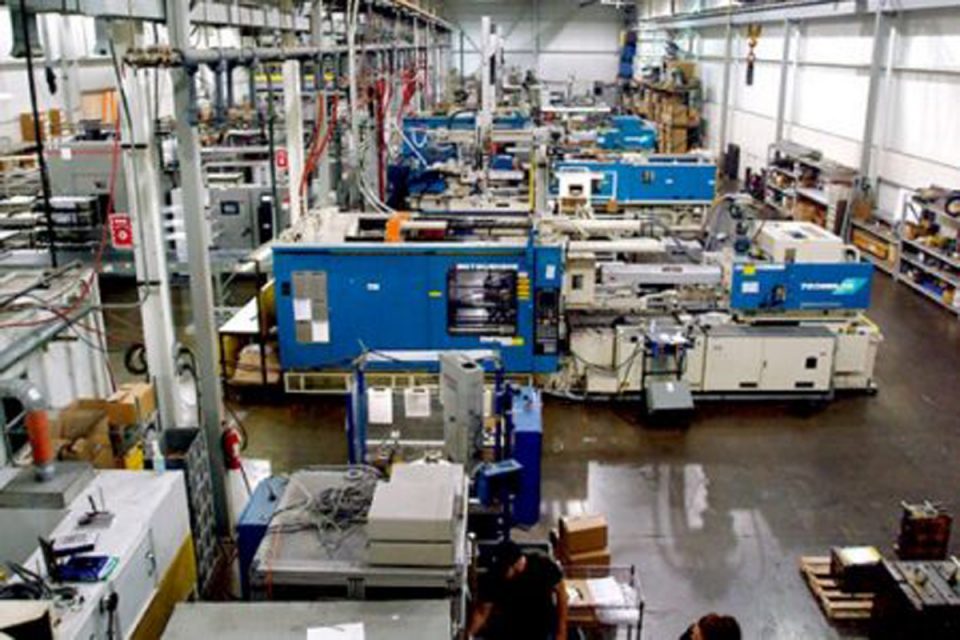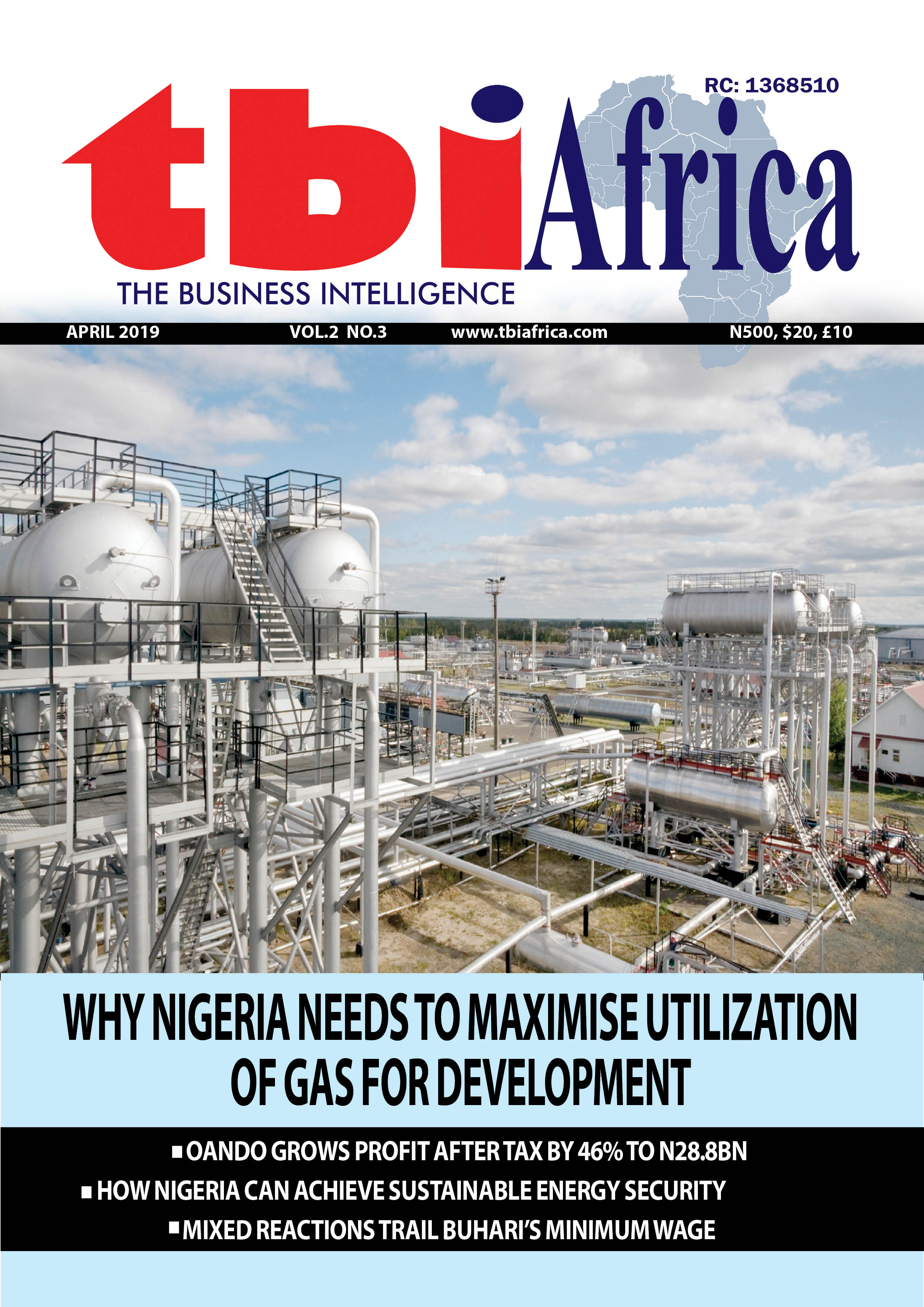Photo caption: Manufacturing outfit
Once heralded as a cornerstone of Africa’s industrial future, Nigeria’s manufacturing sector is in deep distress, calling for a strategic revamp.
A high naira exchange rate, inadequate power supply, high energy and logistics costs, high inflation, insecurity, and high regulatory costs have relentlessly combined to force a rapid decline in sector performance. Add multiple taxes, high interest rates, poor access to credit, unfavourable trade policies, and low patronage to the list.
Nigeria’s industrialisation goals cannot be realised unless urgent steps are taken to support the manufacturing and small, medium, and micro-enterprises sector, which is populated by 39 million distinct entities responsible for 84 per cent of total employment.
The statistics are grim. Official data indicate that manufacturing capacity utilisation plummeted from 73.3 per cent in 1981 to 57 per cent in 2024. Its contribution to the economy has contracted from 29.9 per cent to 8.6 per cent over the same period.
Real growth decelerated from 14.7 per cent in 2014 to 1.38 per cent in 2024, while non-oil export contributions have tanked from 82.37 per cent in 2019 to 25.13 per cent in 2024.
The Manufacturers Association of Nigeria notes that 767 manufacturing companies shut down operations in 2023, and over 18,000 jobs were lost in 2024. Except for the cement industry, profit margins have contracted by 36 per cent between 2021 and 2023 alone.
In 2024, unsold inventory surged to N2.14 trillion, representing an 87.5 per cent increase from the previous year as weakened consumer demand, escalating production costs, and declining purchasing power buffeted manufacturing concerns, many of them SMEs.
Procter & Gamble, Sanofi, Kimberly-Clark, Unilever, GlaxoSmithKline, and Diageo have recently exited or significantly scaled down operations in Nigeria, citing economic instability, high costs, and currency volatility.
In the International Institute for Management Development’s World Competitiveness Ranking 2024, Nigeria ranked 66th out of 67 countries evaluated, with a second-to-last position in economic performance.
Its performance in key competitiveness areas like infrastructure (66th), government efficiency (54th), and business efficiency (58th) was also notably low.
These distressing indicators reveal a sector beset by deep structural challenges that threaten not only its survival but also Nigeria’s broader economic ambitions.
The root causes of this decline are complex. Economic instability remains a significant obstacle, with inflation, currency depreciation, and soaring interest rates, currently standing at 27.25 per cent, driving up production costs.
The naira’s persistent weakness has made the importation of raw materials prohibitively expensive, squeezing manufacturers’ already thin margins. Infrastructure deficits aggravate these difficulties.
Manufacturers are forced to allocate nearly 40 per cent of their operational budgets to alternative energy sources due to unreliable electricity supply, while dilapidated transport networks inflate logistics costs and disrupt supply chains.
The scarcity of skilled labour further compounds the crisis. Many firms struggle to find adequately trained personnel, compelling them to invest heavily in workforce development or hire expensive expatriates.
Security concerns in critical agricultural and industrial regions disrupt operations and deter investment, both domestic and foreign.
Addressing these challenges requires urgent and comprehensive action, particularly strategic reforms and investments.
MAN’s Director-General, Segun Ajayi-Kadir, emphasised the gravity of the situation: “Our manufacturing sector is at a tipping point. Without decisive intervention, we risk losing an entire generation of industrial growth and the millions of jobs that come with it.”
Several emerging economies have successfully navigated similar hurdles by adopting targeted policies and innovative strategies.
China’s “new-type industrialisation” strategy focuses on advanced manufacturing and securing supply chains through massive investments in technology.
Between 2020 and 2025, China poured approximately $1.4 trillion into strategic sectors such as semiconductors and artificial intelligence, reducing its dependence on foreign technology and boosting its global competitiveness.
Nigeria can take a cue by establishing special economic zones dedicated to high-tech manufacturing, incentivising research and development with tax breaks, and fostering partnerships between industry and academia to build expertise in robotics and the Internet of Things. The country’s growing army of young, talented digital natives brightens such prospects.
India ensured its manufacturing sector’s resurgence with the “Make in India 2.0” initiative, driven by infrastructure modernisation and regulatory reforms. The $100 billion Delhi-Mumbai Industrial Corridor integrates smart cities and logistics hubs to streamline production and distribution.
India’s Production-Linked Incentive scheme, which allocates $26 billion in subsidies to sectors such as electronics and pharmaceuticals, has stimulated domestic manufacturing.
Nigeria could replicate these successes by focusing on agro-processing zones in regions like Lagos-Ogun and Kaduna, leveraging its agricultural strengths to attract foreign direct investment.
Vietnam’s manufacturing growth, which expanded by 8.7 per cent in 2024, is largely attributed to strategic foreign direct investment policies and integration into global trade networks.
That country offers 10-year corporate tax holidays for high-tech manufacturers, aligns vocational training with industry needs, and benefits from access to 15 free trade agreements, including the Comprehensive and Progressive Agreement for Trans-Pacific Partnership and the EU-Vietnam Free Trade Agreement. In 2024 alone, Vietnam attracted $25.58 billion in manufacturing FDI.
Nigeria stands to gain by adopting similar incentives, enhancing vocational training, and fast-tracking the implementation of the African Continental Free Trade Agreement to boost intra-African trade.
MAN advocates a holistic approach focused on stabilising the macroeconomic environment, overhauling infrastructure, skills development, and ensuring security. MAN is right.
As Ajayi-Kadir notes, “these challenges are interconnected, and addressing them piecemeal will not yield the industrial transformation Nigeria desperately needs.”
Strategic, well-considered policies and measures must be implemented to return the manufacturing sector to high productivity. Fiscal and monetary policies impacting the sector must be aligned to ensure coherent and sustained support.
Sector leaders have advocated for a dedicated foreign exchange window for manufacturers to guarantee affordable access to imported inputs and capping interest rates on manufacturing loans at 15 per cent, like India’s MSME credit guarantee schemes.
Infrastructure investment is equally critical. Deploying modular refineries could reduce diesel costs by up to 40 per cent, easing energy expenses for manufacturers. Upgrading vital transport corridors, such as the Lagos-Kano rail line, would cut logistics costs and delays, significantly improving efficiency.
On the human capital front, Nigeria should establish regional manufacturing innovation hubs through partnerships with countries like Germany and China, while launching STEM scholarship programmes tied to service commitments in local industries to build a skilled workforce.
Security remains a pressing concern. The government must double down on efforts to ensure adequate security in agricultural areas and safeguard agricultural-processing and manufacturing zones, and supply chains.
It is comforting that certain steps are being taken to remedy the situation. The Nigerian Startup Act and the planned development of industrial hubs across states demonstrate forward thinking. It is the same for the roll-out of strategic interventions such as the Syndicated De-risked Loan Scheme, N1.3 trillion in MSME disbursements through the BOI, and SMEDAN’s ecosystem-building efforts, including solar-powered innovation centres and digital enterprise programmes.
However, the Tinubu administration must be conscious that the stakes cannot be higher and that these initiatives, of which other variants have been announced in the past without concrete results, must be implemented rigorously this time around.
Without urgent reforms, the sector’s decline will deepen and undermine the country’s development prospects.
Experts estimate that with the right interventions, Nigeria’s manufacturing sector could unlock a $150 billion opportunity by 2030, driving inclusive growth and positioning the country as a formidable player in the global industrial arena.
=== Punch Editorial Board ===



